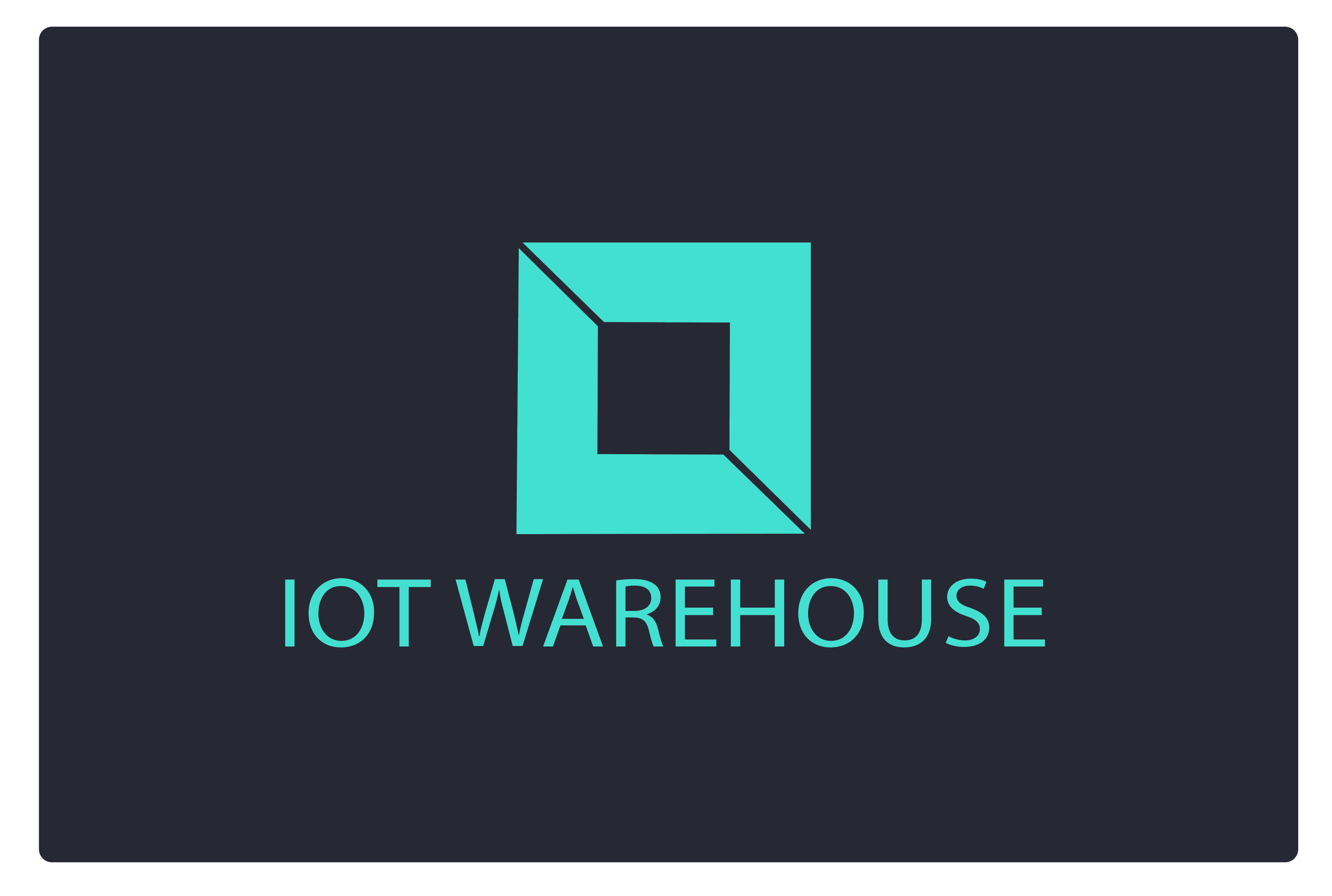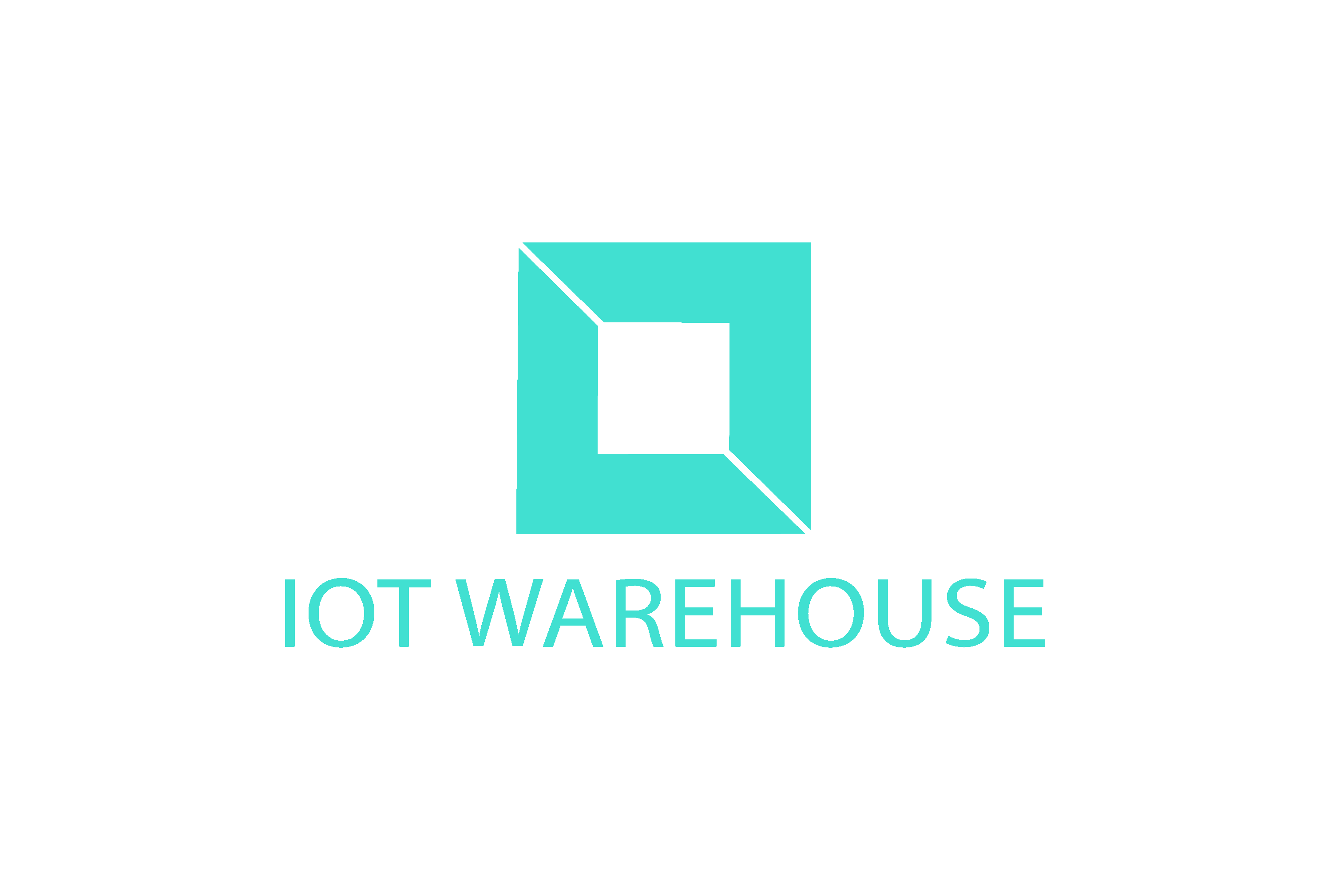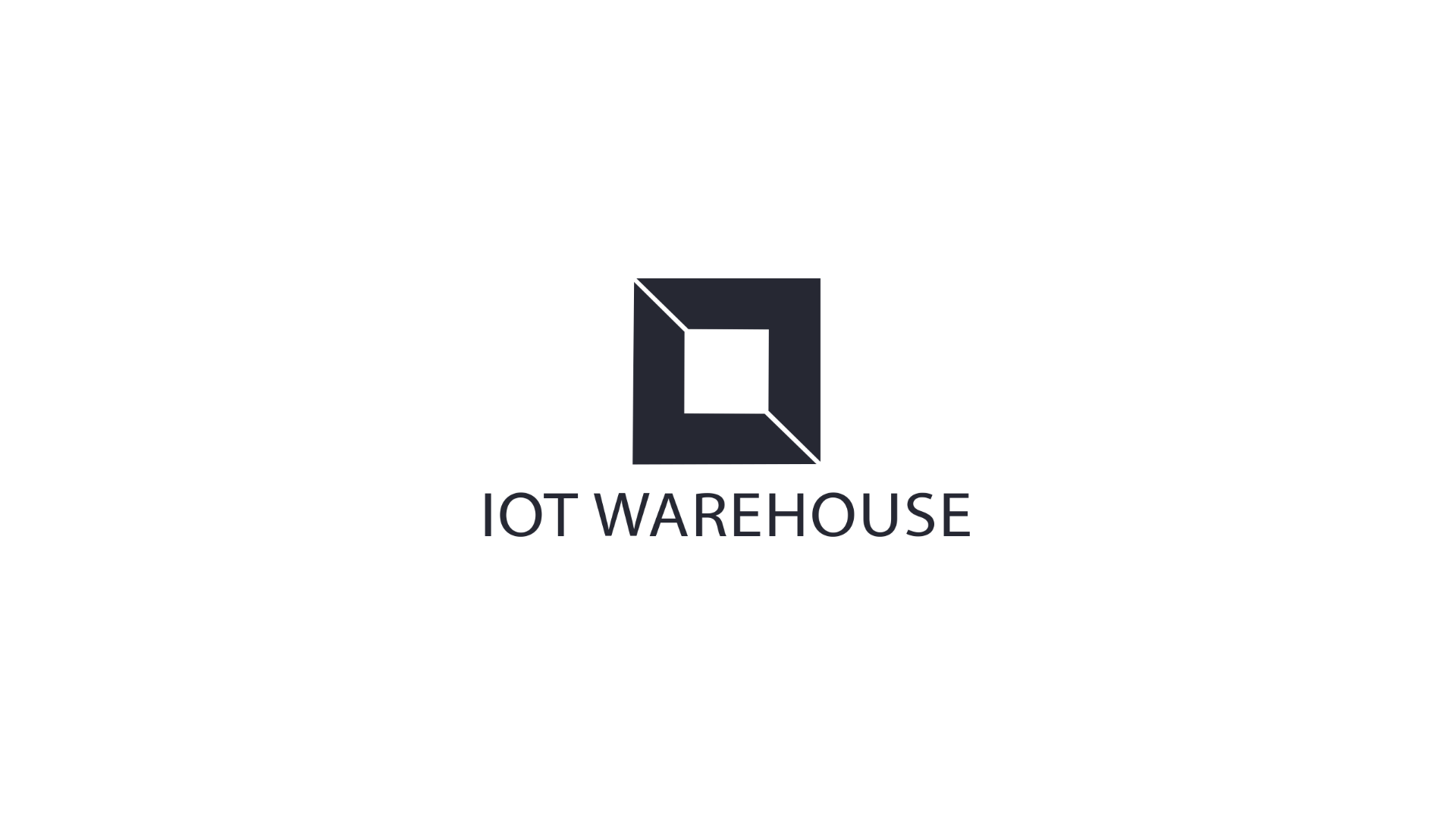IoT for Social Housing and MDU
The below illustration shows how our IOT solutions can be deployed as single or multiple unified systems for best value and a single pane of glass view.

The role of IoT for Social Housing and Multi-Dwelling Units
The Internet of Things (IoT) represents a transformative technology that interconnects everyday devices and systems, enabling them to send and receive data, but also automate or action anything. This technology has vast applications across various sectors, and its integration into social housing and multi-dwelling units (MDUs) in the UK presents significant opportunities to enhance living conditions, improve efficiency, and promote sustainability. We explore some of the benefits, challenges, and future prospects of IoT implementation in social housing and MDUs in the UK.

Understanding IoT
IoT refers to the network of physical objects embedded with sensors, software, and other technologies to connect and exchange data with other devices and systems over the internet. In the context of housing, IoT can include smart home devices like thermostats, lighting systems, security cameras, and appliances, all controlled remotely through a central system or application.
The State of Social Housing and MDUs in the UK
Social housing in the UK consists of housing provided by local authorities and non-profit organizations to individuals and families who often cannot afford to rent or buy homes on the open market. Multi-dwelling units (MDUs) refer to residential buildings that house multiple separate households, such as apartment complexes, flats, or high-rise buildings. Both types of housing face unique challenges, including maintenance, energy efficiency, security, and resident welfare.
Benefits of IoT in Social Housing and MDUs
1. Energy Efficiency and Sustainability
One of the most significant benefits of IoT in housing is the potential for improved energy efficiency. Smart meters and thermostats can optimize energy usage, reducing waste and lowering utility bills for residents. For instance, IoT-enabled thermostats can learn residents' schedules and adjust heating and cooling systems accordingly, ensuring comfort while conserving energy. Smart lighting systems can also contribute by automatically turning off lights in unoccupied rooms or communal areas. In addition, emergency lighting can be automatically tested rather than a manual, labour intensive task.
2. Enhanced Security
IoT devices can significantly enhance security in social housing and MDUs. Smart locks, security cameras, and alarm systems can be monitored and controlled remotely, providing residents with greater peace of mind. Additionally, IoT can enable real-time alerts and monitoring, allowing for quicker response times in case of emergencies.
3. Predictive Maintenance
IoT sensors can monitor the condition of various building systems, such as plumbing, heating, lighting and electrical systems. By analysing data from these sensors, housing providers can predict when maintenance is required and address issues before they become major problems. This predictive maintenance can reduce repair costs, prevent disruptions, and extend the lifespan of building infrastructure. Devices can double up as well being sensors (such as air quality, humidity or similar but they also feedback information about the condition of the fabric of the building as valuable preventative measures.
4. Improved Health and Well-being
IoT technology can also improve the health and well-being of residents. For example, sensors can monitor indoor air quality, humidity or even moisture and alert residents to potential health hazards. Smart devices can also assist elderly or disabled residents, providing reminders for medication, monitoring vital signs, and enabling emergency alerts.

Implementing IoT in Social Housing and MDUs
1. Cost
The initial cost of implementing IoT systems are often thought to be high, which may be a significant barrier for social housing providers with limited budgets but the likelyhood is they offer good and attractive payback. While the long-term savings on energy and maintenance more than offsets these costs, the upfront investment often also brings digital advantages and additional non tangible benefits. .
2. Data Privacy and Security
IoT devices collect vast amounts of data, raising concerns about privacy and security. Ensuring that this data is securely stored and transmitted is crucial to protect residents' personal information. Additionally, there is a risk of cyberattacks on IoT systems, which could compromise the security of entire buildings.
3. Digital Literacy
Not all residents may be comfortable or familiar with using IoT technology. This digital divide can create challenges in adoption and usage, particularly among elderly or low-income residents who may not have access to the necessary devices or internet connectivity. An intelligent but simple to understand system is key to a positive implementation.
4. Integration and Compatibility
Integrating IoT devices with existing building systems can be complex so look for systems that offer good interoperability. Ensuring compatibility between different devices and platforms is essential for seamless operation. This requires careful planning, consideration and choice.
Case Studies
1. Smart Homes for the Elderly
In Glasgow, a project called Technology Enabled Care (TEC) has been implemented to assist elderly residents in social housing. This project uses IoT devices such as smart sensors and communication tools to monitor the health and well-being of elderly residents. The data collected helps caregivers provide timely assistance, reducing the need for hospital visits and allowing residents to live independently for longer.
2. Energy-Saving Initiatives in London
In London, several social housing providers have implemented IoT-based energy management systems. These systems use smart meters and thermostats to monitor and optimize energy consumption across multiple dwellings. The results have shown significant reductions in energy usage and cost savings for residents, demonstrating the potential for IoT to contribute to sustainability goals.
The Future of IoT in Social Housing and MDUs
The integration of IoT in social housing and MDUs is still in its relatively early stages, but there are already huge potential areas. Advances in technology, coupled with decreasing costs of IoT devices, are likely to drive wider adoption as well as a higher understanding of IoT from the stakeholders. Several trends and future prospects can be anticipated:
1. Wider Adoption and Standardization
As IoT technology becomes more accessible and affordable, wider adoption across social housing and MDUs is expected. Standardization of devices and platforms will play a critical role in ensuring compatibility and interoperability, simplifying integration processes and driving better multi faceted solutions rather than single siloed options.
2. Enhanced Data Analytics
The data generated by IoT devices can be harnessed for advanced analytics, providing valuable insights into resident behaviour, building performance, and operational efficiency. Machine learning and artificial intelligence can further enhance these analytics, enabling more precise predictions and personalized services. Everything from safety to eliminating waste can be analysed and actioned to drive down costs and enhance services.
3. Policy and Regulatory Support
Government policies and regulations will be crucial in promoting IoT adoption in social housing. Incentives, funding, and guidelines can encourage housing providers to invest in IoT solutions. Additionally, regulations around data privacy and security will need to be strengthened to protect residents' information.
4. Focus on Resident Engagement
Engaging residents in the implementation and use of IoT technology will be essential for its success. Providing education and support to help residents understand and utilize IoT devices can bridge the digital divide and ensure that the benefits of IoT are accessible to all.

What are you waiting for?
The integration of IoT in social housing and multi-dwelling units in the UK presents a significant opportunity to enhance living conditions, improve efficiency, and promote sustainability. While there are challenges to be considered, including cost, data privacy, digital literacy, and integration, the potential benefits and paybacks far outweigh these obstacles. With continued advancements in technology, supportive policies, and a focus on resident engagement, IoT can transform the future of social housing and MDUs, creating smarter, safer, and more efficient living environments for all.
Get in touch to see how our technology can shape your organisations digital transformation.









